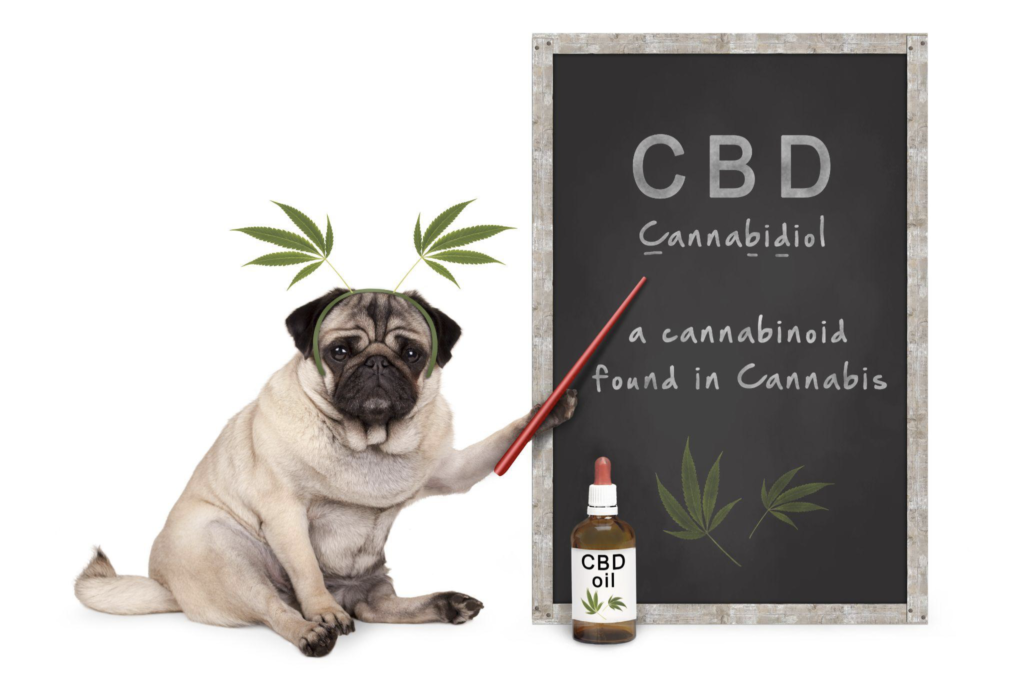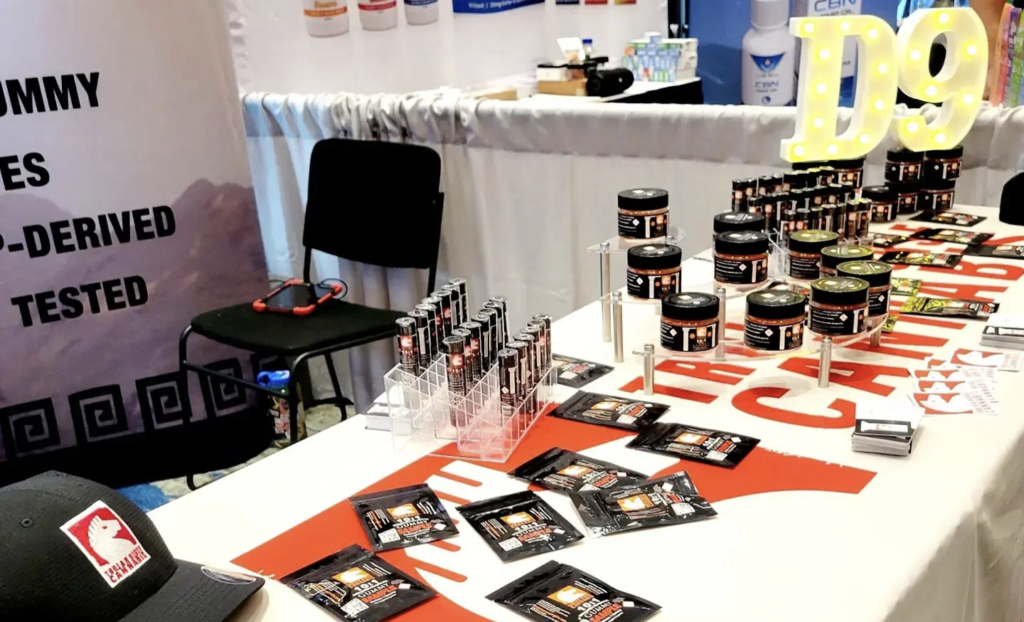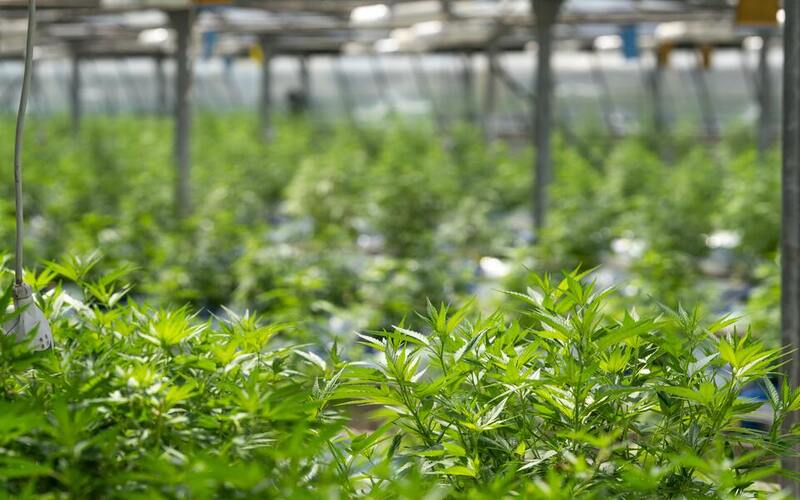Over the past year, something interesting has been happening in the hemp industry. But before we can dive into what’s coming next (stick around for it – it’s going to turn cannabis on its head), let’s give a little background on where we have been.
In 2014, when the United States first defined hemp as a version of cannabis distinctive from marijuana, the crop was approved for legal cultivation as a limited research crop for fiber and seed.
It didn’t take long, however, for research companies and institutions to catch news that other players in the cannabis space had recently been cultivating a low-THC, high-CBD cultivar of cannabis that could qualify as hemp.
The economic opportunity for hemp fiber and seed was exciting, but early analysis proved the industry would need to be quite mature – or receive heavy subsidies – to sustain fiber and seed cultivation since we were already importing these commodities at very low prices, and the cost to “grow it ourselves” was much higher.
An Economic Viability review by the USDA would later confirm what everyone in the industry already knew. In the absence of a real fiber and seed market, farmers looked elsewhere.
Enter CBD

CBD was a cannabinoid that had a little-known but fairly immediate market, was getting national attention, and could be produced under the hemp programs running across the country.
What began as a fiber and seed crop very quickly turned into a full-blown CBD program.
By the time the 2018 Farm Bill was signed into law, the CBD industry was exploding with demand.
The Farm Bill itself had changed some language reflecting the shift in focus. In some places in the Farm Bill, terms like “industrial hemp” were ditched in favor of just “hemp,” tipping their hats toward the cannabinoid crop as opposed to fiber and seed.
Most varieties grown in 2018 were cannabinoid-producing and high in CBD, and for a moment, it looked like clear skies ahead for a new market.
The FDA, however, threw a wrench in the works. By previously approving Epidiolex in June of 2018, the FDA was in a self-inflicted pickle: the FD&C Act contains a clause that doesn’t allow for the inclusion of drugs into food or dietary supplements, unless that drug had previously existed in food or dietary supplements prior to it being a drug. IE, since it was a drug first, it cannot be added to a food or a dietary supplement.
The FDA Complicates the Market
Making their statement boldly, the FDA effectively stopped the CBD train in its tracks.
All of the larger players in the food and dietary supplement space that would have otherwise jumped in and created demand on the supply chain backed away, leaving only the existing, risk-friendly actors in the space.
With huge expectations, the crops of 2018 far exceeded the needs of the industry. In addition to hemp being overproduced, it was assumed in the industry that the larger players would want a THC free CBD to use as input material, and CBD isolate was produced by the ton.
With millions of pounds of hemp laying around unsold and hundreds of thousands of kilograms of CBD isolate on the market with no buyers, it’s no shock what happened next: price collapse.
The end of 2018 began a harsh decline in commodity pricing for hemp and hemp derivatives like CBD isolate. This, combined with the industry’s unfailing passion for cannabis, proved the perfect breeding ground for innovation. Enter Delta-8 THC.
Delta-8 THC Revives the Industry
Delta-8 THC, an isomer of Delta-9 THC (which is the version of THC that was common in cannabis up to this point), had shown some economic promise. With an abundance of CBD isolate, no demand to buy any of it, and good old fashioned American ingenuity, the industry figured out how to convert CBD isolate into Delta-8 THC through chemical synthesis.
Delta-8 THC is intoxicating like it’s well known brother, Delta-9 THC, but to a much lesser extent. A typical dose of Delta-9 THC in recreational dispensaries is 10 milligrams, where Delta-8 would need to approach 25 or 30 milligrams to get close to a similar effect.
In essence, the industry saw Delta-8 as a legal intoxicant that is hemp-derived, protected by the 2018 Farm Bill, and a savior of the industry. And for a time, it was. Delta-8 sales were exploding, demand was high, and there didn’t seem to be an end in sight.
Delta-8 Hits Obstacles
The explosion wasn’t without obstacles, however. Without regulatory oversight, Delta-8 was ripe for problems. First and foremost, as is typical in an unregulated market, manufacturers were cutting corners and producing questionably safe products.
Unknown isomers and residual chemicals were left behind in final products. This problem alone was a big enough concern for the FDA and the CDC to recently release a statement.
Often, Delta-9 THC was present in higher-than-legal numbers due to lack of testing standards (or lack of care for some).
These problems combined with lack of child-resistant packaging, blatant marketing to children, and poor labeling has led to several states banning the production, sale, or distribution of Delta-8 all together.
As of this article, Delta-8 is banned in 18 states with 4 more seriously considering similar regulations.
With some markets closing down, manufacturers cutting corners (and costs), and an unregulated market, the race to the floor began again, despite growing demand.
Delta-9 THC Makes a Comeback

With the problems surrounding Delta-8, innovators in the industry went back to the drawing board. As early as January of 2021, manufacturers in the space began creating full-spectrum CBD products with higher milligrams of Delta-9 THC than what was on the market at the time.
Trojan Horse Cannabis, the first to market this type of product nationally, launched a pate de fruit that contained 10 milligrams of Delta-9 THC and 250 milligrams of CBD per piece back in January.
After testing the market, they settled on a 10:1 ratio of CBD to THC (10 milligram of Delta-9 THC and 100 milligrams of CBD), and their flagship gummy is still available today.
“There are manufacturers now producing a much cleaner Delta-8 product, but they are few and far between. We decided to avoid isomerization or conversions altogether and stick with plant-created phytocannabinoids for our products,” Fontes added.

How is Delta-9 legal?
When the Farm Bill passed in 2018, it legalized Delta-9 THC in the form of hemp, so long as the Delta-9 concentration is at or below 0.3% by dry weight (formatting added for emphasis):
Subtitle G–Hemp Production
SEC. 297A. <<NOTE: 7 USC 1639o.>> DEFINITION
In this subtitle:
(1) Hemp.–The term `hemp’ means the plant Cannabis sativa
L. and any part of that plant, including the seeds thereof and
all derivatives, extracts, cannabinoids, isomers, acids, salts,
and salts of isomers, whether growing or not, with a delta-9
tetrahydrocannabinol concentration of not more than 0.3 percent
on a dry weight basis.
This was further reiterated by the DEA’s own Interim Final Rule (formatting added for emphasis):
“In order to meet the definition of “hemp,” and thus qualify for the exemption from schedule I, the derivative must not exceed the 0.3% Δ9-THC limit.”
In other words, any product that is hemp-derived, originated from a legal hemp harvest, and later turned into consumer product – so long as it stays under 0.3% Delta-9 THC by dry weight – is a considered a hemp-product and thusly exempt from the Controlled Substances Act.
In cases like the gummy sold by Trojan Horse Cannabis, the concentration of Delta-9 THC is closer to 0.2%: well under the required 0.3%.
Additionally, while this seems like some crazy loophole, the fact is that the industry has been selling Delta-9 THC since 2014. All full-spectrum products contain some Delta-9, and while the product and manufacturers often use the phrase “trace amounts,” these trace amounts add up.
A popular full-spectrum tincture from well known brands such as Lazarus Naturals has almost 2 milligrams per milliliter of tincture. That means there is 60 milligrams of Delta-9 THC in each bottle already.
.

“Retail stores often tell us that they can’t sell Delta-9 THC in their location. In very few cases, this is true. However, anywhere full-spectrum is being sold, Delta-9 THC is already being sold as well,” Fontes said. “We usually get over this hurdle by asking the store owner if they currently sell any full-spectrum CBD products, then we break out the COAs and do the math. Owners are often surprised to find out they’ve been selling bottles containing 60 milligrams or more of Delta-9 THC already, and have been for years.”
Bad Actors Are Already Moving In
At the time of this writing, several companies now offer these higher-dosed, hemp-derived Delta-9 products, and just like everything else in the hemp industry to date, bad actors are taking advantage of the lack of regulatory oversight.
With the Delta-8 bans in several states, regulators took the foresight to add language banning all future conversions as well. In Colorado, for example, the Colorado Department of Public Health and Environment took this into consideration with their regulatory change:
“…chemically modifying or converting any naturally occurring cannabinoids from industrial hemp is non-compliant with the statutory definition of “industrial hemp product.” This includes any process that converts an industrial hemp cannabinoid, such as CBD isolate, into delta-9, delta-8, delta-10-THC, or other tetrahydrocannabinol isomers or functional analogs.”
Despite the regulations cracking down on isomerized cannabinoids, several companies in this space are in fact creating their Delta-9 THC from CBD isolate using a similar process used to create Delta-8 THC. This provides cost savings and supply benefits to these manufacturers, as creating Delta-9 THC from CBD is cheaper and easier to obtain.
In addition, instead of looking to existing regulations for THC as guidance on dosing, several manufacturers are already pushing limits. A few companies are offering 15mg and 22mg THC options that contain no other minor cannabinoids. Others are putting in minors, but are labeling “total cannabinoid milligrams” without clear labeling of the THC milligrams.
Some in the industry feel these shortcuts are dangerous. Lucas Beach, CEO of Creative Integrations LLC and a manufacturer of these types of products says, “In order to create a safe marketplace, we can’t have manufacturers running wild with basic consumer safety practices.”
What to Look For In a Hemp-Derived Delta-9 Product
It’s crucial in an unregulated market that consumers and store owners do a little due diligence that would otherwise be handled by a regulatory agency, and with hemp-derived products, it’s no different.
As a consumer or store owner, it is important to vet the products you are interested in. Key things to look out for when buying a hemp-derived Delta-9 product are:
- a professional website with contact information;
- batch numbers on the product packaging;
- clear labeling of contents and cannabinoids in milligrams by serving;
- full panel COAs showing potency as well as chemical residuals, heavy metals, microbials, and mycotoxins;
- COAs that match the batch number and the advertised milligrams;
- the existence of minor cannabinoids (a solely Delta-9 product is likely converted);
- “Too good to be true” pricing (converted Delta-9 is cheaper and easier, and inexpensive products are most likely converted); and
- educational material published by the company.
Additionally, while this is pretty “sciency,” if you really want to get into the weeds (pun intended) and vet a supplier, ask for a chromatogram from one of the COAs presented. There shouldn’t be any unknown or unlabeled peaks. Unknown peaks in the chromatogram means unknown isomers. Unknown isomers indicate that conversion from CBD into Delta-9 THC is likely.
With an ever changing landscape, the hemp industry will continue to innovate and create new and exciting products. That’s one of the great things about being in this industry at this point in history. However, with new products comes new problems, so it’s important to always do a little research before ingesting or investing.






